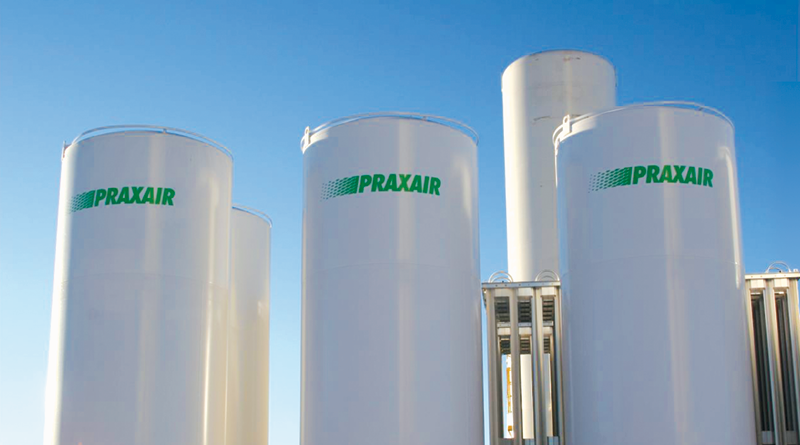Pure Gases

Readily Available Gas List*
| Acetylene | Deuterium | 134A | Nitrogen |
| Air | Diborane | 218 | Nitrogen Dioxide |
| Ammonia | Dichlorosilane | C318 | Nitrogen Trifluoride |
| Argon | Dimethyl Ether | Helium | Nitrogen Oxide |
| Arsine | Disilane | Hydrogen | Oxygen |
| Boron Trichloride | Ethane | Hydrogen Bromide | Phosphine |
| Boron Trifluoride | Ethylene | Hyrdogen Chloride | Propane |
| 1,3 Butadiene | Ethylene Oxide | Hydrogen Sulfide | Propylene |
| n-Butane | Germane | Isobutane | Silane |
| 1-Butene | Halocarbon | Isobutylene | Silicon Tetrachloride |
| cis-2-Butene | 14 | Krypton | Sulfur Dioxide |
| trans-2-Butene | 22 | Methane | Sulfur Hexafluoride |
| Carbon Dioxide | 23 | Methyl Chloride | Trichlorosilane |
| Carbon Monoxide | 41 | Neon | Tungsten Hexafluoride |
| Chlorine | 116 | Nitric Oxide | Xenon |
*More gases available upon request.
Nomenclature and Purity
Actual nomenclature will vary with difference in trade and grade names. One of the most important factors is the gas purity. While some products are defined by specific monikers such as UHP (Ultra-High Purity) or Research grades, actual purity level can be represented in two ways and usually represents the minimum purity level in the product:
Purity level can first be represented as a quality code, e.g. 4.5 – where the number before the dot represents the number of nines and the last number indicates the last decimal:
- 4.5 = 99.995%
- 5.7 = 99.9997%
- 6.0 = 99.9999%
Purity level can also be represented in percent, e.g. > 99.9995%.
This typically represents the minimum concentration of the actual gas. In the case of liquefied gases, the purity always represents concentration in the liquid phase.
Impurities in the gas are sometimes even more important than the purity grade. Impurities usually result from the gas manufacturing process and, as such, vary by Gas and
Gas Products. In the product specifications, the maximum concentrations of the different known impurities are listed in percentage, parts per
million (ppm) or parts per billion (ppb), either in function of relative moles, weight or volume.




























